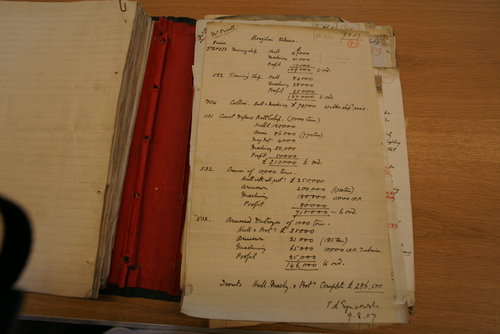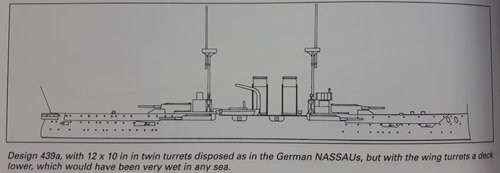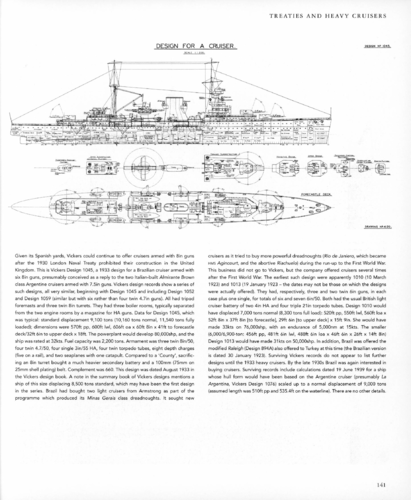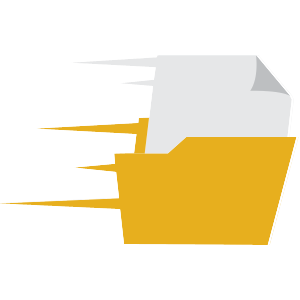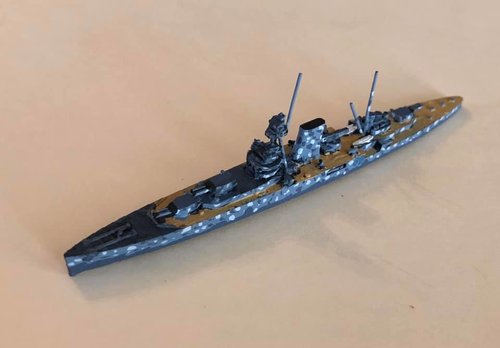1904 - Ad. Noronha's Plan: 3 Battleships, 15,000 t, 10' guns; 3 Armoured Cruisers, 9,000 t, 10' guns; 6 Destroyers, 400 t; 3 Submarines.
1906 - Ad. Alexandrino's Plan: 3 Battleships, 19,000 t, 12' guns; 3 Scout Cruisers, 3,000 t; 15 Destroyers 600t.
1911 - Proposal for the German Krupp for the 'Rio de Janeiro' battleship.
1918 - Ad. Pereira's Plan: 2 Fast Battleships; 2 Cruisres, 5,000 t; 5 Destroyers, 1,200 t; 3 Submarines, 600 t, 6 Submarines, 250 t.
1923 - Ad. Alexandrino's Plan: 1 Battleship, 35,000 t, 16' guns; 1 Heavy Cruiser, 10,000 t, 8' guns; 1 Carrier (conversion from a merchant ship); 5 Destroyers; 5 Submarines.
1923 - Sen. Burlamaqui's Plan: 4 Battleships, 35,000 t; 8 Cruisers, 7,500 t; 16 Destroyers, 1,000 t; 24 Submarines, 250 t.
1924 - Ad. Alexandrino's Plan: 1 Cruiser, 10,000 t; 5 Destroyers; 5 Submarines.
1925 - Ad. Alexandrino's Plan: 3 Cruisers; 15 Destroyers; 15 Submarines.
1932 - Ad. Guimaraes' Plan: 2 Cruisers, 8,000 t; 9 Destroyers, 1,500 t; 6 Submarines, 900 t; 6 Minelayers, 600 t.
1938 - Governament Plan: 3 American Cruisers (Omaha Class), 7,500 t; 18 Destroyers, 1,500 t; 9 Submerines, 700 t; 12 Minelayers, 600 t.
1942 - Ad. Ghilhem's Plan: 3 British Cruisers (Ajax Class); 6 Destroyers.
1945 - American Mission Plan: 2 Battledhips (Nevada Class); 2 Carriers (Independence Class); 4 Cruisers (Cleveland Class); 21 Destroyers (Fletcher Class); 13 Submarines.
Can anybody shed more light on these plans?
Were they mostly admirals' wish list or politically sanctioned ambitions? While much of the 1906 plan turned into hardware, the Burlamaqui plan must have been more dream than plan? The American mission plan; the sellers plan more than the prospective buyers plan?

